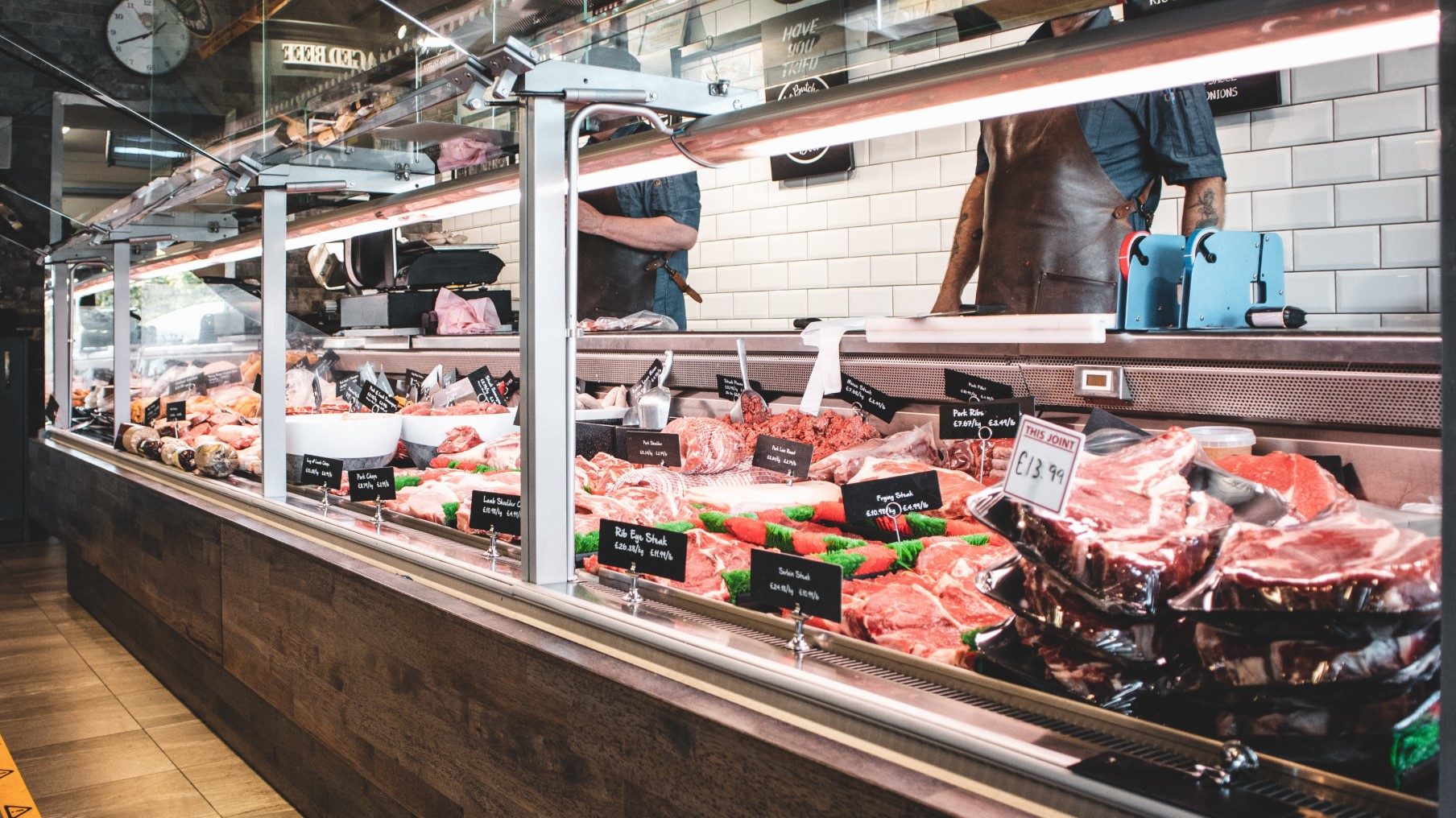Navigating the World of Butcher’s Counters: A Buyer’s Handbook
Choosing the right butcher’s counter can be the key to transforming your meat business. Curious about factors like size, temperature, and price, or how the right counter can increase sales? Discover this and more in our comprehensive guide!

Choosing the right butchers counter is a vital decision for any meat-focused business. A quality display counter can keep your produce in premium condition, aesthetically attract customers, and boost sales. To help you navigate through the process, this guide breaks down the selection criteria into types, sizes, temperatures, and price ranges.
Types of Butcher’s Counters
1. Service Counter
Service counters are traditionally used in butcheries. They come with a front glass window for display and manual access from the back for the butcher to serve customers.
2. Self-Service Counter
Self-service counters offer accessibility on the customer’s side, allowing customers to choose their cuts of meat.
3. Combination Counter
These offer the best of both worlds, allowing for both service and self-service.
Sizes
Butcher counters come in a variety of sizes:
- Small Counters: Typically around 1000-1500mm in length, ideal for compact spaces.
- Medium Counters: Ranging between 1500-2000mm, suitable for medium-sized butcheries and supermarkets.
- Large Counters: Usually exceeding 2000mm, ideal for extensive meat displays in large establishments.
Temperatures
A butchers counter must keep the meat appropriately cool to maintain freshness. Most counters have a temperature range of -2°C to 8°C. However, the ideal temperature for storing fresh meat lies between -1°C to 4°C.
Butchers Counter Price Range
Price varies depending on factors like size, material, and technology. A standard butcher’s counter can cost between €500 to €2000, while high-end models with advanced features may exceed €2000.
Specifications and Features
1. Material
Most counters are made from stainless steel due to its durability, cleanliness, and professional appearance.
2. Display Area
Butcher counters feature inclined, illuminated display decks to enhance the visual appeal of meat products.
3. Cooling System
Counters are either fan-assisted or static cooled. Fan-assisted cooling provides uniform temperature for all products, while static cooling is quieter but less consistent.
4. Storage Space
Some butcher counters include under-storage for additional space to store surplus meat at appropriate temperatures.
5. Temperature Control
Digital temperature display and controls aid in easy monitoring and accurate setting.
6. Glass Display
Counters could either have curved or straight glass fronts. Double-glazed glass helps keep the cold air in and reduces condensation.
Conclusion
Selecting the right butcher’s counter requires considering factors such as the counter type, size, temperature, and price range. Paying attention to specific features and specifications will ensure you make a worthy investment that meets your business needs while also providing an engaging shopping experience for your customers. Remember, the right countertop doesn’t only store your products but showcases them attractively, aiding in boosting your sales and reputation.
